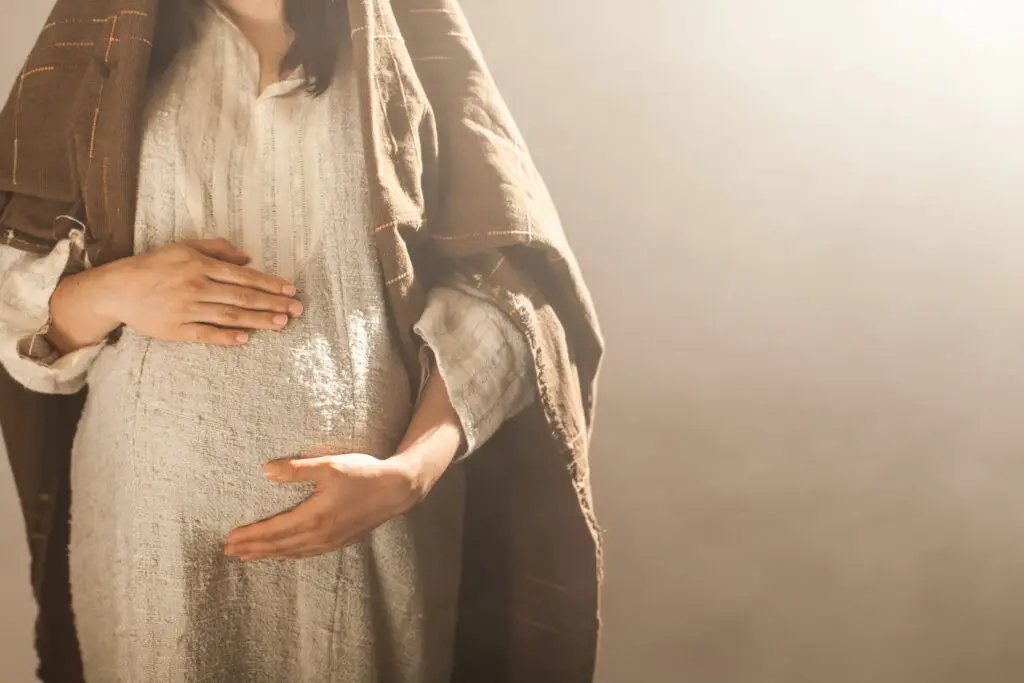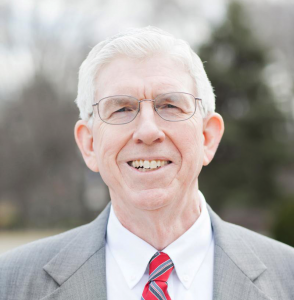This article is part 9 in a series by Tom Nettles on Remembering Jesus Christ. (Part 1, Part 2, Part 3, Part 4, Part 5, Part 6, Part 7, Part 8).
To remember Jesus Christ, we must affirm his deity. To reject the true eternal deity of the singular person, Jesus of Nazareth, is to deny him and bring on us the consequence that he will deny us. This mysterious reality that the man, Jesus of Nazareth, was at the same time and in the same person the Son of God constitutes our redemption and the source of our eternal worship.
Twice Luke tells us that Mary kept certain things “in her heart.” (Luke 2:19, 51). On the first occasion, Luke adds the words, “pondered them.” Both the events and the words that accompanied the event were too large for immediate comprehension. But that she kept them in her heart means that she remembered them intensely, she sought more expanded understanding of what had happened and what she had been told. Not only deeper cognition was needed, but a spirit of adoration and worship fitting for the eternal wonder of the event.
As a virgin, she was told that the Holy Spirit would come upon her to impregnate her in order to bear a child that she would call Jesus (Luke 1:31). He would be called “the Son of the Most High” (1:32). She learned, therefore, that not only does the Holy Spirit make her pregnant with a child according to her seed to be established and nurtured in her womb, but the “Most High” Himself, God the Father, will overshadow her simultaneously with the Spirit’s coming upon her. The result of that is that not only will her child conceived by the Holy Spirit in her womb be a man called Jesus, but as the result of the overshadowing of the “power of the Most High,” the Holy One conceived in her would be called “the Son of God” (Luke 1:35).
To reject the true eternal deity of the singular person, Jesus of Nazareth, is to deny him and bring on us the consequence that he will deny us.
Within the time span of a few minutes, the leading mysteries of classical orthodoxy were present in the very body of Mary. The Trinity and the duality of natures in the single person of Christ were concentrated in a moment in the angel’s announcement and in her own body. The fulfilling powers of redemptive history operated in perfect harmony to assure that “her seed” would bruise the head of the serpent (Genesis 3:15) and destroy “him who had the power of death” (Hebrews 2:14). Paul said it succinctly, “When the fullness of time was come, God sent forth his Son, born of a woman, born under the law, to redeem those who were under the law, that we might receive the adoption as sons” (Galatians 4:4). Her womb was the location of the “fullness of the time,” and Holy Spirit, Holy Father, and Holy Son all converged, as it were, “in a moment, in the twinkling of an eye,” to bring into the world the Redeemer. This Redeemer could, and did, effect forgiveness, procure righteousness, rob Satan’s fold, reconcile God and sinners, overthrow death as sin’s boon companion, and fit his people for heaven. The glory of the Father would be most fully and beautifully expressed when “at the name of Jesus every knee should bow, of those in heaven, and of those on earth, and of those under the earth, and that every tongue should confess that Jesus Christ is Lord” (Philippians 2:10, 11). Just as was announced the name “Jesus” would designate the Savior and Lord. His humanity in the womb of Mary was due to the Holy Spirit’s impregnation of her seed; his deity as Son of God comes from the Most High’s extension of his eternal generation of the Son onto this fertile egg; his singularity of person with a complex combination of natures came from the Son of God’s condescension to take the form of a servant and be made in the likeness of men in Mary’s womb, though eternally he was “equal with God” (Philippians 2:6-8).
When she went to visit her relative, Elizabeth, Elizabeth exclaimed, “Blessed are you among women, and blessed in the fruit of your womb! But why is this granted to me that the mother of my Lord should come to me?” (Luke 1:43). This child was indeed the fruit of her womb, a seed of David but also was the Lord.
Mary’s immediate response to the words of Elizabeth were, “My soul magnifies the Lord, and my spirit has rejoiced in God my Savior. … He has helped His servant Israel, in remembrance of His mercy” (Luke 1:46, 47, 54). When John the Baptist was born, Zacharias saw this child as “the prophet of the Highest,” as the one who would “go before the face of the Lord to prepare His ways” This birth of John was in concert with the coming birth of “the horn of salvation in the house of His servant David” (Luke 1:76,69). These events were the action of God, “to remember His holy covenant, the oath which He swore to our father Abraham” (Luke 172, 73). We remember Jesus Christ, because God remembers his covenant. In remembering, we confess with the mouth and believe in the heart the Person and the pre-ordained events by which we are “delivered from the hands of our enemies,” and that we “might serve him without fear, in holiness and righteousness before Him all the days of our life” (Luke 1:74, 75).
We remember Jesus Christ, because God remembers his covenant.
When the Shepherds heard the speech of the angel, they learned that a child was born in Bethlehem who was “a Savior, who is Christ the Lord” (Luke 2:11). Without doubt, this was told to Mary by the shepherds. The accumulation of titles of deity for this child surely startled and puzzled her, but she believed them. “Mary kept these things and pondered them in her heart” (Luke 2:19). Upon his presentation in the temple after the days of Mary’s purification, Simeon, under the immediate direction of the Holy Spirit and anticipation that he would see “the Lord’s Christ,” took the child and called him the Lord’s Salvation, with the affirmation that the child would be a “light of revelation to the Gentiles, and the glory of Your people Israel” (Luke 30, 32). Upon that, Joseph and Mary “marveled at those things which were spoken of Him” (Luke 2:33). Marveling, pondering, and keeping are necessary and helpful responses to these events that are the fulcrum of time and eternity.
When he went to the temple during the week of Passover at twelve years of age, He took the position of a teacher, staying there several days beyond the week. He had gathered a fascinated and amazed group of scholars and teachers around him, answering their questions. As Joseph and his mother approached him, oppressed by worry at his whereabouts, He responded, “Why did you seek me? Did you not know that I must be about My Father’s business?” They were puzzled at the calmness and confidence of his demeanor and “did not understand the statement which he spoke to them” (Luke 2:49, 50). In spite of not understanding the fullness of Jesus’ meaning and how his business in the temple was his “Father’s business,” Mary “kept all these things in her heart” (Luke 2:51).
The “mystery of godliness” that “he appeared in flesh” (1 Timothy 3:15) will never be exhausted of its wonder and mystery. It is infinite as an expression of wisdom; it is inexhaustible as matter for worship now and in heaven; it is full as the substance of the covenant of redemption. The interpenetration of all the persons of the Trinity both in their fitting personal operations and their singularity of purpose, power, essence, mind, and will is startling to the soul. These actions of God with their ontological implications press the intellect with its insufficiency in investigating the ways of God. But the “hope of eternal life” is filled to overflowing with the prospects of living in the presence of this God and of observing and participating in the praise and worship of the man Jesus Christ in the eternal glory of his deity and his work of redemption. “Remember Jesus Christ.”
This article is part 8 in a series by Tom Nettles on Remembering Jesus Christ.
Join us at the 2024 National Founders Conference on January 18-20 as we consider what it means to “Remember Jesus Christ” under the teaching of Tom Ascol, Joel Beeke, Costi Hinn, Phil Johnson, Conrad Mbewe and Travis Allen.
























